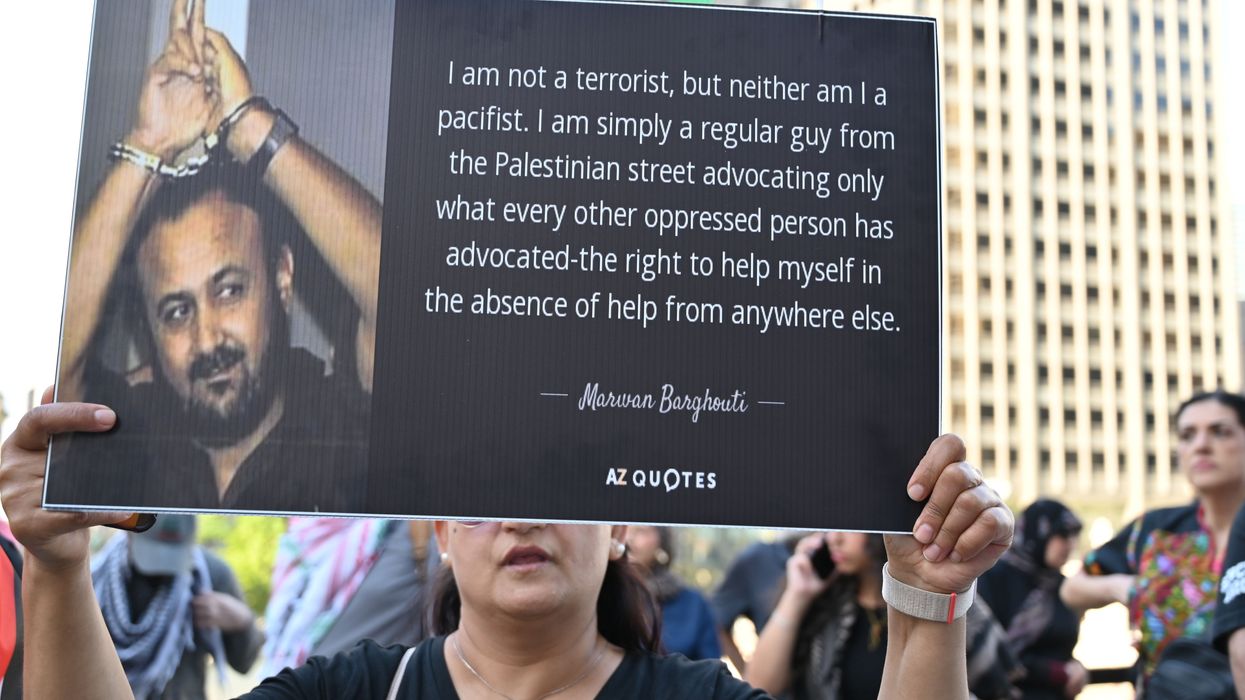Sabrina Carpenter and the Cruel Authoritarianism of Trump
The biggest story here is not a celebrity clapback; it’s that the White House is using the power of the state to turn human beings into a violence-normalizing punchline, and using America’s culture as a weapon to spread it.
The Trump White House just showed us something every American should find chilling, no matter what music they listen to or what party they vote for.
They took a video of aggressive ICE arrests, slapped Sabrina Carpenter’s song on top of it, and posted it like it was a victory lap. Then, when Carpenter objected and said the video was “evil and disgusting” and told them not to use her music to benefit an “inhumane agenda,” the White House hit back with a statement that sounded like it came from a playground bully, not the seat of American government.
They didn’t debate her point. They didn’t defend policy with facts. They went straight to dehumanization and insult, calling people “illegal murderers, rapists, and pedophiles,” and saying anyone who defends them must be “stupid” or “slow.”
That’s not just ugly: it’s a warning.
When a government starts celebrating the humiliation of vulnerable people, it’s telling the world that it no longer sees itself as the servant of a democratic republic... If we let this become normal, we will—one day soon—no longer recognize our country.
Because the biggest story here is not a celebrity clapback; it’s that the White House is using the power of the state to turn human beings into a violence-normalizing punchline, and using America’s culture as a weapon to spread it.
This is what rising authoritarianism looks like in the age of social media.
A democracy survives on shared reality and shared humanity. It survives when the government understands that it works for the people and must be accountable to the Constitution, to due process, and to basic human decency.
But what happens when a government starts producing propaganda like it’s a teenage streamer chasing clicks and the president runs the White House like it’s a reality show operation, right down to the televised Cabinet meetings?
We get a machine that can normalize cruelty. We get a public trained to cheer at humiliation. We get outrage as entertainment. And we get the steady erosion of our ability to ask the most important questions in a free society.
Was this legal? Was it justified? Was it proportional? Was it humane? Were innocent people caught up? Were families separated? Was there due process? Is it even constitutional?
Those questions disappear when the government turns an ICE arrest into a meme.
There are, of course, serious crimes in every society and violent criminals should be held accountable under the law. But that isn’t what the White House statement was doing. It was, instead, engaged in something far more ancient, cynical, and dangerous.
It was trying to paint everyone in that video with the worst label imaginable so the public stops caring about what happens next.
That’s how they get permission — both explicit and implicit — for abuses.
If the audience for Trump’s sick reality show is told, “These are monsters,” then — as we’ve most recently seen both with ICE here domestically and with people in small boats off the coast of Venezuela — any cruelty becomes acceptable.
Any killing becomes a shrug. Overreach becomes a punchline. And following the rule of law becomes something we apply to our friends while we throw it away for people we have been taught to hate.
That is exactly why authoritarians always start by dehumanizing a target group.
And it always spreads.
Trump started by demonizing and then going after immigrants. Then he demanded fealty (and millions of dollars) from journalists, universities, and news organizations. He demonizes his political opponents to the point they suffer death threats, attacks, and assassinations. And if Trump keeps going down this same path — as Pastor Niemöller famously warned the world — it’ll next be you and me.
Consider this regime’s cultural warfare program. The White House has reportedly used music from multiple artists without permission and now brags that they’ve used those creators’ work to bait outrage, to “own the libs.”
All to drive attention, create spectacle, and turn governance into a constant fight as they punish anyone in public life — today it’s Sabrina Carpenter — who dares to speak up.
This is intimidation pretending to be a joke. If you’re an artist, a teacher, an organizer, or just a person with a platform, the message is simple: “We can drag you into our propaganda machine whenever we want, and if you object we’ll mock you and send an online — and often physical — mob after you.”
That’s a chilling reality, and it matters in a democracy. People start to think twice before speaking. They start to retreat. They start to self censor.
And that’s the Trump regime’s first goal.
Then there’s the distraction, particularly from a cratering economy and Trump’s association with Epstein and Maxwell.
With this strategy, borrowed from the Nazis (as my guest on the radio show Monday, Lawrence Reese, noted in his book The Nazi Mind 12: Warnings From History), culture war isn’t a sideshow anymore, it’s part of a larger strategy.
When the government posts a meme like the one where ICE used Carpenter’s music, it isn’t trying to inform us: it’s trying to trigger us. It’s trying to bait us into amplifying the clip, fighting over the celebrity angle, and losing sight of the real issue.
And that real issue is Trump’s and the GOP’s insatiable lust for state power and the wealth that power can allow, bring, and protect.
Armed agents. Detention. Deportation. Families. Fear. Mistakes that can’t be undone. Human beings who can be disappeared from their communities with the tap of a button and a viral soundtrack. Or killed by “suicide” in a jail cell when they threaten to go public.
If we care about freedom, we can’t just stand by and say nothing while this regime turns ICE’s violence into content.
Because once a government learns it can win political points by broadcasting humiliation, it’ll do it again. And it’ll escalate. It’ll push the line farther and farther until we wake up one day and wonder how we got here.
So what do we do?
First, stop amplifying their propaganda on their terms. Don’t share their clips as entertainment, even to condemn them without context (no links in this article). When you must talk about it, talk about the power being abused, not the celebrity drama.
Second, demand oversight. Call your members of Congress (202-224-3121. Demand hearings on ICE media practices and the use of official government accounts and our tax dollars to promote dehumanizing propaganda. Demand transparency on how these videos are produced, approved, and distributed.
Third, support civil liberties groups and immigrant rights organizations that challenge abuses in court and document what’s happening on the ground. Democracy requires watchdogs like them when the people in power act like they’re above the law.
Fourth, get inside the Democratic Party and vote — and help others vote — like it matters, because it does. Local prosecutors, sheriffs, governors, attorneys general, and members of Congress all shape how far this culture of cruelty can spread. Authoritarians rely on fatigue and cynicism: Don’t give them either: participate.
And finally, speak up. Sabrina Carpenter did, and she was right to. Not because she’s a pop star, but because she named the moral truth that the White House is trying to smother with what they pretend are jokes.
When a government starts celebrating the humiliation of vulnerable people, it’s telling the world that it no longer sees itself as the servant of a democratic republic. Of all the people. Instead, it now sees itself as the applause-hungry enforcer of a bloodthirsty tribe.
If we let this become normal, we will — one day soon — no longer recognize our country.
This is the moment to draw a line.
Not just for immigrants. Not just for artists. For the Constitution. For due process. For human dignity. For the idea that in America, power is accountable.
Call. Organize. Vote. Let’s not let cruelty become America’s official language.



